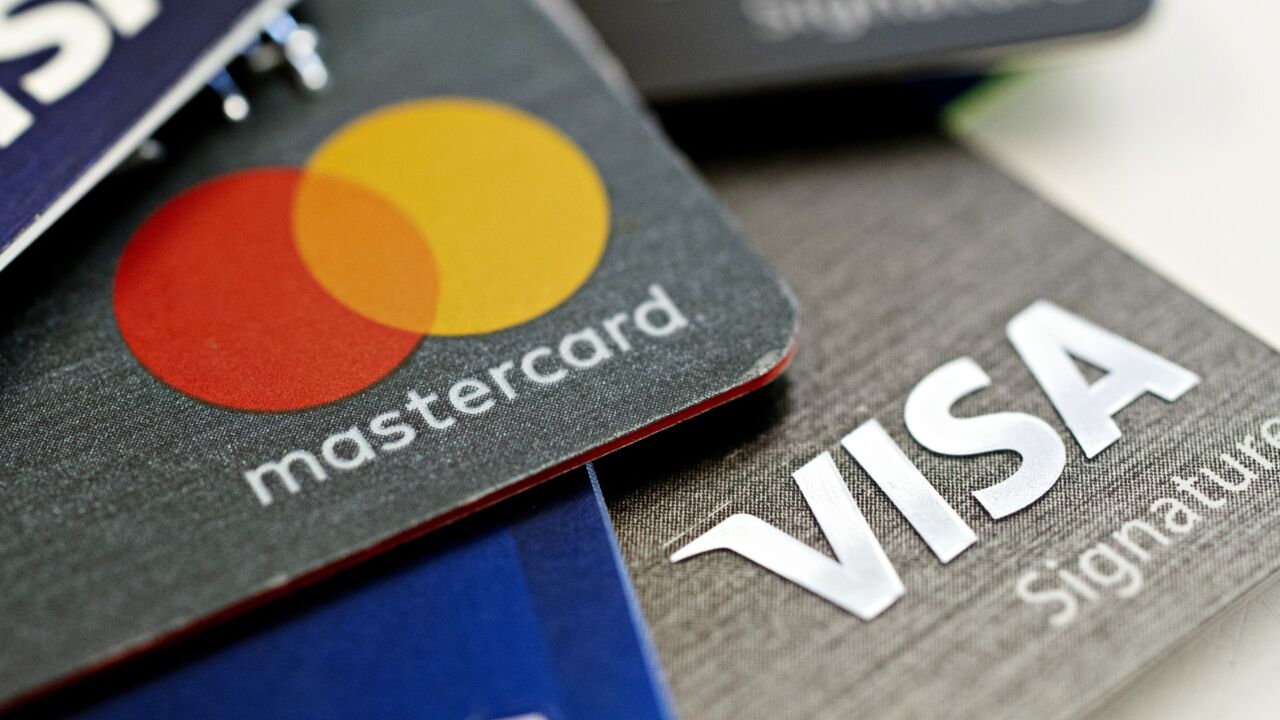-
Don't think of it just as currency or a new set of payment rails. To get a full sense of Bitcoin and its implications for banking, you have to think bigger than that.
February 25 -
In the same way that Napster and peer-to-peer file sharing changed the face of the recording industry, blockchain technology will force banks to reconsider their traditional roles.
April 20 -
Correspondent banking has long relied on a costly, multistep process to settle transactions. Now banks must weigh whether to adopt cryptocurrency technology that allows for faster, cheaper settlements or risk getting pushed out of the business entirely.
March 3 -
Fedcoin could have a lot of benefits, such as helping unbanked buy goods and pay bills online. But about those "know-your-customer" risks....
March 29
Soon, bankers could find their businesses benefiting from the same technology that enables Bitcoin.
Entrepreneurs are borrowing the underlying electronic ledger technology stripped of its controversial digital currency to create new uses that bankers and others would find handy. Practical applications range from acquisitions to securitizations.
Eris Industries in London and Factom in Austin, Texas, are among the companies developing these new ways to use the tamper-resistant ledger system known as the blockchain. Instead of circumventing banks, corporations and governments, as the early adopters of Bitcoin aimed to do, these versions of the blockchain are meant to help such institutions operate more efficiently and securely.
The Swiss banking giant UBS also is planning to investigate uses for blockchain technology in a new London innovation lab.
A blockchain is a database and software, "no more, no less," said Preston Byrne, chief operating officer and general counsel at Eris, during the Tomorrow's Transactions Forum in London in March. "Secure automation of data management is overdue."
Take deal negotiations, for example. Earlier in his career, Byrne worked as a lawyer negotiating structured-finance deals and witnessed firsthand the haphazard process of "document tennis." Banks and law firms would send Word documents back and forth, making changes in their standalone copies that would have to eventually be manually incorporated (by some unlucky junior lawyer) into a final master document. Inefficiency aside, there was always the potential for someone to sneak in an unauthorized change.
The architecture of the blockchain, in which a database is updated in real time, maintained by a network of computers rather than a single server, yet amendable only by parties holding cryptographic keys, would solve both problems. "Everybody knows that when putting changes into a document, they are mathematically certain to be recorded in the way they've been put in," Byrne said on the Tomorrow's Transactions
While Bitcoin rewards "miners" with newly issued units of the currency for expending computing power and electricity to secure the blockchain, in Eris' model the data from the blockchain is its own reward for participants. And unlike Bitcoin, an open, decentralized network that runs on thousands of machines across the globe, an Eris blockchain can be maintained by as few as 100 computers, all trusted by the client.
Those who cherish Bitcoin's decentralized governance may consider this a betrayal, but if governments or corporations are going to use blockchains, the process must have accountability, Byrne said at the conference. "The system must have someone that can change the program as things on the ground change."
One thing that Eris does have in common with Bitcoin is that the software the company has built is open source, meaning anyone can use the code without permission. Eris sells its expertise instead.
"We're collecting a fee for service, not the [intellectual property]," Byrne said. "Our corporates learn how to use the technology and in turn we're learning how to battle test it."
While there might be only about 40 good blockchain developers right now, Byrne expects there to be 400 in a year and then 4,000 a year later.
Eris' model might actually change the financial industry more than the solely Bitcoin-based businesses have done to date. Besides, "many of the Bitcoin companies are starting to look like traditional financial services companies," said Tom Robinson, co-founder at Elliptic, a company that offers bank-like custodial services for users' bitcoins. "I wouldn't be surprised if Coinbase or Circle [Internet Financial] got a banking license at some point," Robinson said.





